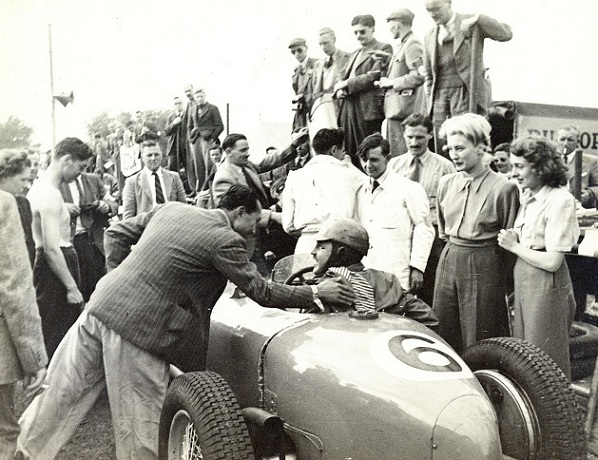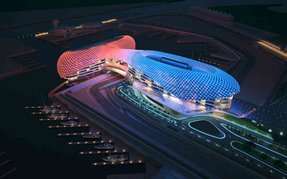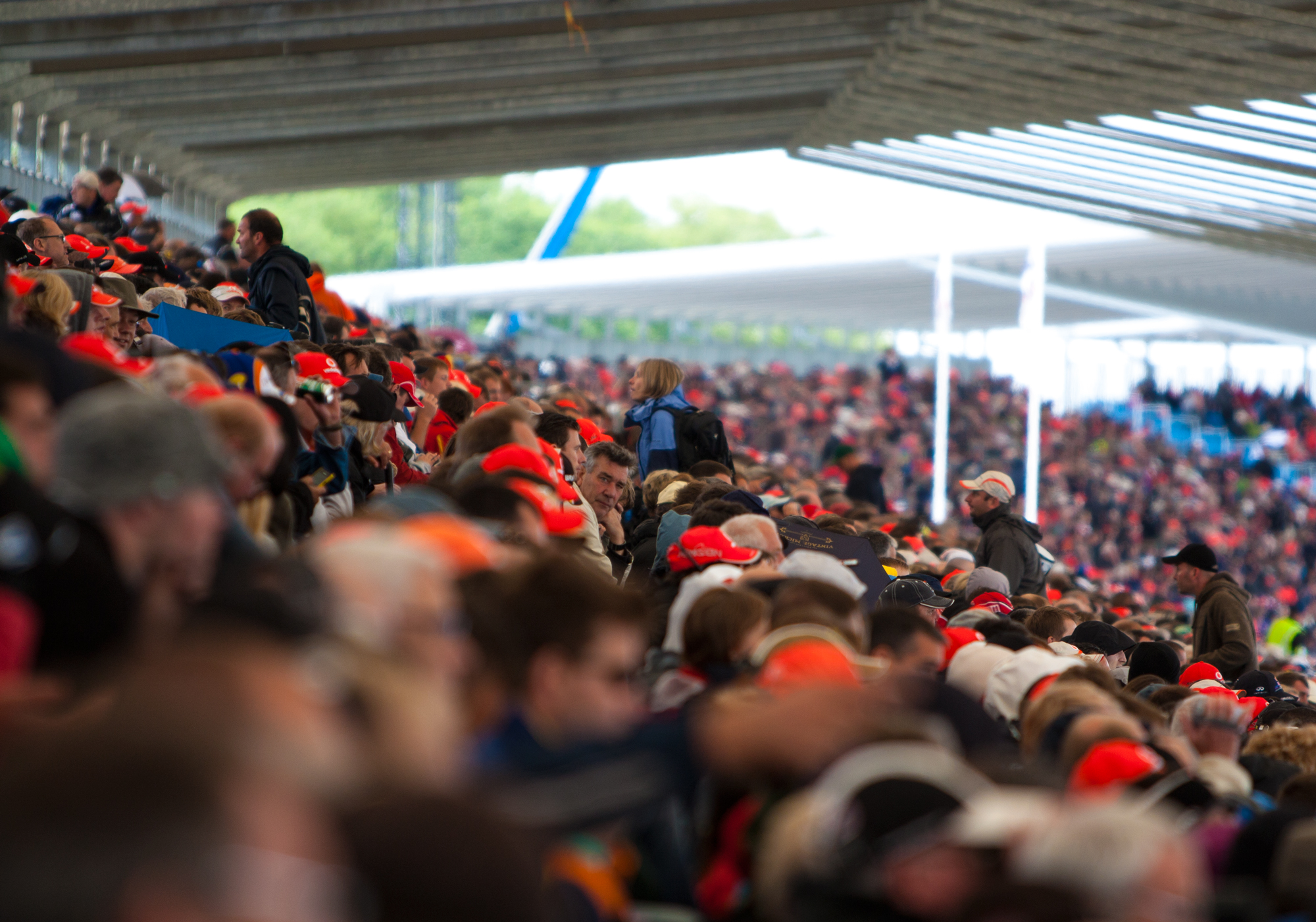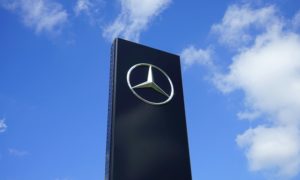Traction control is slightly different on a Formula 1 car to that of an ordinary road car. A road car’s traction control is there to give stability under everyday use. In a Formula 1 car, traction control is there to help deliver the maximum amount of power to the road at all times. However the underlying principles behind traction control remain the same for both Formula 1 and road cars.
Even with the grip that a Formula 1 car has and as the huge aerodynamic downforces that are produced, the cars can still break traction and wheel spin because of the huge amounts of power they have. Formula 1 cars are more prone to wheelspin in corners because the loads are that much higher. Wheelspin is bad because it slows the car down and can flatspot or damage tyres. Traction control is employed to stop wheelspin and therefore improve performance. Traction control can also allow the traction at the rear of the car to be actively controlled by the drivetrain at any one time.
The tyres on a Formula 1 car only offer a given amount of grip. This can be longitudinal grip (‘straight’ grip, pointed in the way the car is facing – used in braking and accelerating) or lateral grip (‘sideways’ grip, used in cornering) or a combination of the two. The amount of lateral and longitudinal grip that a tyre can provide is a difficult thing to call for a racing driver. If he gets the call wrong, the car may go into a power slide. Whilst this looks good, it slows the car down. This is where traction control can help.
In a steady state corner, if a driver has oversteer and he lifts off, the oversteer may become worse. Traction control can predict how fast the throttle can be taken off without making the oversteer worse and will override the driver until it decides the car will be stable again under driver control. It can also sense and predict when the car is going into oversteer on its own and it will gently come off the throttle without any drive input.
Traction control has had a patchy history in Formula 1. It was introduced in the 1980s before being banned by the FIA. It was the reallowed in 2002 as it was becoming too difficult to tell whether the ECUs on the cars were not being used to copy and simulate traction control functions.
Traction control on a Formula 1 car compares the wheel and track speeds of the car. This information is gathered by a series of electronic sensors. If the wheels are travelling faster than the road it is going over, the engine will be throttled back to prevent wheelspin. This technique can be used in ‘launch control’ to allow the driver to get the best possible start however launch control techniques were banned in the 2004 season.
Traction control is a highly debated topic in Formula 1. Some people say that drivers should regulate the amount of power transferred to the car wheels. However if traction control was banned, it would be near-on impossible to police, therefore traction control as it stands remains legal in Formula 1.






